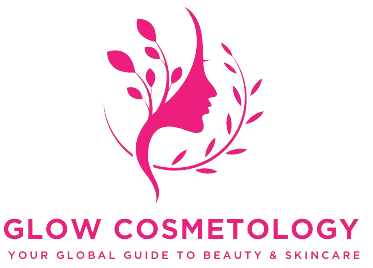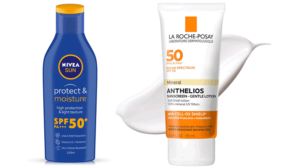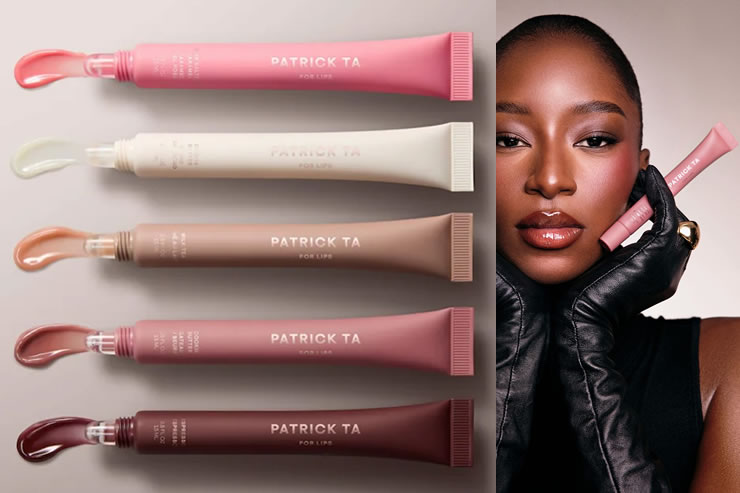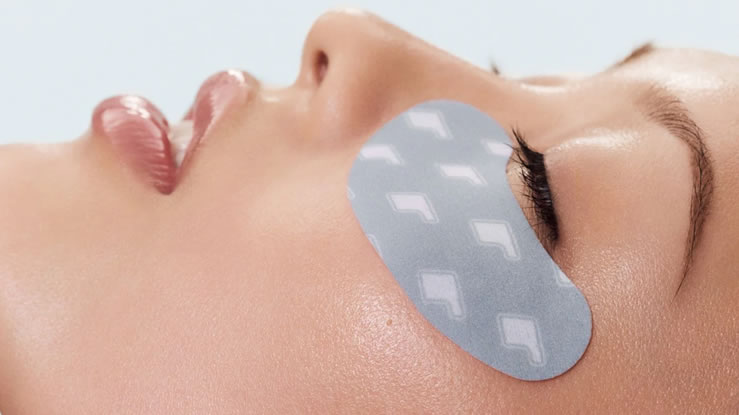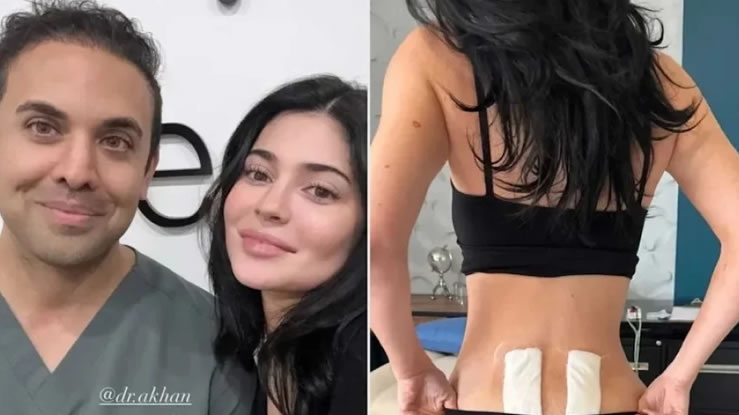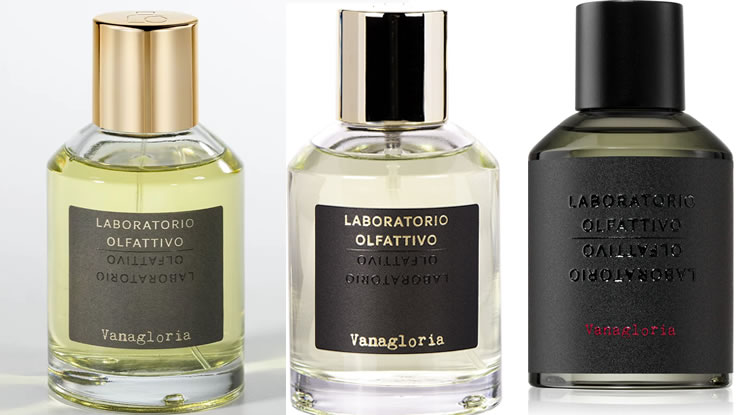Minimally invasive procedures have become one of the biggest revolutions in modern medicine and cosmetic surgery. In a world where people want to look and feel their best without sacrificing comfort or time, these procedures offer the perfect balance real results without the risks, scars, and recovery time associated with traditional surgery. Whether it’s body contouring, anti-aging treatments, or internal medical operations, the minimally invasive approach is reshaping how people achieve health and beauty goals.
So, what exactly is a minimally invasive procedure, and why is it so popular today? Let’s dive into what it means, how it works, and the most common types available in both cosmetic and medical fields.
Understanding Minimally Invasive Procedures
A minimally invasive procedure is any medical or cosmetic intervention that uses small incisions, advanced imaging, or needle-based techniques to achieve results without major surgical disruption. Unlike traditional surgeries that require large cuts and longer hospital stays, minimally invasive procedures rely on advanced tools like lasers, endoscopes, or ultrasound to target precise areas of the body.
These procedures are designed to cause less trauma to the body, reduce recovery time, and minimize scarring. They can be performed on an outpatient basis, meaning you can return home the same day.
Why Are Minimally Invasive Procedures So Popular?
Over the past decade, people have increasingly turned toward treatments that are quick, safe, and deliver visible results. This demand for convenience and efficiency has driven a surge in the popularity of non-surgical and minimally invasive procedures.
Here are the main reasons why people love them:
-
Short recovery time: Most people return to work or normal activities within a day or two.
-
Reduced scarring: Smaller incisions or needle insertions mean less visible marks.
-
Lower risk: These procedures reduce complications like infection or excessive bleeding.
-
Natural-looking results: Subtle enhancements help maintain your natural features.
-
Cost-effective: Generally less expensive than major surgical operations.
Examples of Minimally Invasive Procedures in Cosmetic Medicine
Cosmetic and aesthetic medicine has seen a major shift toward minimally invasive techniques that deliver beauty enhancements with fewer risks.
1. Botox and Dermal Fillers
These are some of the most common non-surgical treatments worldwide. Botox temporarily relaxes muscles to smooth wrinkles, while dermal fillers restore volume and contour the face.
Why they’re popular: Immediate results, minimal pain, and quick recovery.
2. Laser Treatments
Laser technology is used for skin resurfacing, hair removal, acne scars, and pigmentation. Fractional lasers or CO₂ lasers promote collagen production, helping skin look smoother and more youthful.
Advantages: Improves texture, tone, and radiance with minimal downtime.
3. Microneedling and RF Microneedling
Microneedling creates controlled micro-injuries to boost collagen and improve skin texture. When combined with radiofrequency energy, it tightens skin and reduces fine lines more effectively.
4. Liposuction Alternatives (CoolSculpting, SculpSure)
These treatments use freezing or heat to destroy fat cells without surgery. They contour the body naturally over time.
Results: Visible fat reduction in stubborn areas like the abdomen, thighs, and arms.
5. Thread Lifts
A thread lift involves inserting dissolvable threads under the skin to lift sagging areas such as the cheeks, neck, or jawline.
Benefits: Natural lifting effect without cutting or general anesthesia.
6. PRP (Platelet-Rich Plasma) Therapy
PRP uses your blood’s own plasma to rejuvenate the skin, promote hair growth, and heal tissue.
Why it stands out: 100% natural, with powerful regenerative benefits.
7. Laser Vaginal Rejuvenation
This treatment uses laser energy to tighten vaginal tissues, improve sensitivity, and restore comfort.
Why women love it: Improves confidence and intimacy with minimal discomfort.
8. Non-Surgical Facelifts
Combining technologies like ultrasound (Ultherapy), radiofrequency (Thermage), or injectables can lift and tighten facial skin all without surgical incisions.
Minimally Invasive Procedures in Medical Treatment
While the beauty industry has adopted these methods enthusiastically, the medical field has also seen major advancements in minimally invasive approaches.
1. Laparoscopic Surgery
Used in gallbladder removal, hernia repair, and gynecological procedures, laparoscopic surgery involves inserting a small camera and instruments through tiny incisions.
Benefits: Faster recovery, less pain, and shorter hospital stays.
2. Endoscopic Surgery
This involves inserting a thin tube with a light and camera through a natural opening or small incision to diagnose or treat internal conditions like digestive tract issues.
3. Robotic-Assisted Surgery
Surgeons use robotic systems for enhanced precision during complex procedures like prostate or heart surgery.
Why it’s revolutionary: Allows for unparalleled accuracy with minimal damage to surrounding tissues.
4. Cardiac Catheterization
Instead of open-heart surgery, doctors can use thin tubes inserted through blood vessels to treat heart conditions like blocked arteries.
5. Arthroscopy
Used for joint conditions (like the knee or shoulder), this allows doctors to diagnose and treat injuries through small incisions, often resulting in faster recovery than traditional orthopedic surgery.
How Minimally Invasive Procedures Work
These treatments often rely on one or a combination of the following technologies:
-
Lasers: Focused light energy to cut, remove, or tighten tissues.
-
Ultrasound: Deep heat stimulation to tighten or repair tissues.
-
Radiofrequency: Uses energy waves to promote collagen and elasticity.
-
Cryolipolysis: Freezing technology to eliminate fat cells.
-
Endoscopes: Miniature cameras that allow visualization of internal areas without open surgery.
Recovery and Aftercare
Recovery from minimally invasive procedures varies depending on the treatment. However, most patients experience:
-
Mild swelling or redness that fades within days
-
Minimal discomfort manageable with over-the-counter pain relief
-
Little to no downtime
-
Faster return to regular activities
Aftercare usually includes following specific skincare routines, staying hydrated, avoiding sun exposure, and using doctor-recommended products or medications.
Risks and Considerations
Though minimally invasive procedures are safer than traditional surgeries, they’re not completely risk-free. Potential side effects include mild bruising, temporary swelling, or uneven results. Choosing a qualified, licensed practitioner is crucial for minimizing risks.
Combining Minimally Invasive Techniques for Maximum Results
Many people today combine treatments for a more comprehensive transformation. For example:
-
Botox + fillers for a non-surgical facelift
-
Microneedling + PRP for enhanced collagen stimulation
-
Laser resurfacing + chemical peels for skin rejuvenation
This multi-approach strategy offers natural, longer-lasting results with minimal downtime.
The Future of Minimally Invasive Procedures
With advancements in technology, the line between surgical and non-surgical treatments continues to blur. Emerging innovations like plasma skin tightening, stem-cell rejuvenation, and exosome therapy promise even greater precision and faster recovery. Artificial intelligence is also being integrated into treatment planning, ensuring personalized results based on patient anatomy and skin type.
Minimally invasive procedures have transformed both the cosmetic and medical worlds. They offer the best of both worlds effective results with minimal discomfort, reduced risks, and faster healing. From smoothing wrinkles to sculpting the body or performing life-saving surgeries, these treatments empower individuals to enhance their appearance and well-being confidently.
If you’re considering one, consult a certified professional to evaluate your options and create a personalized plan that fits your goals, lifestyle, and comfort level. The future of beauty and medicine lies in innovation and minimally invasive procedures are leading the way.
